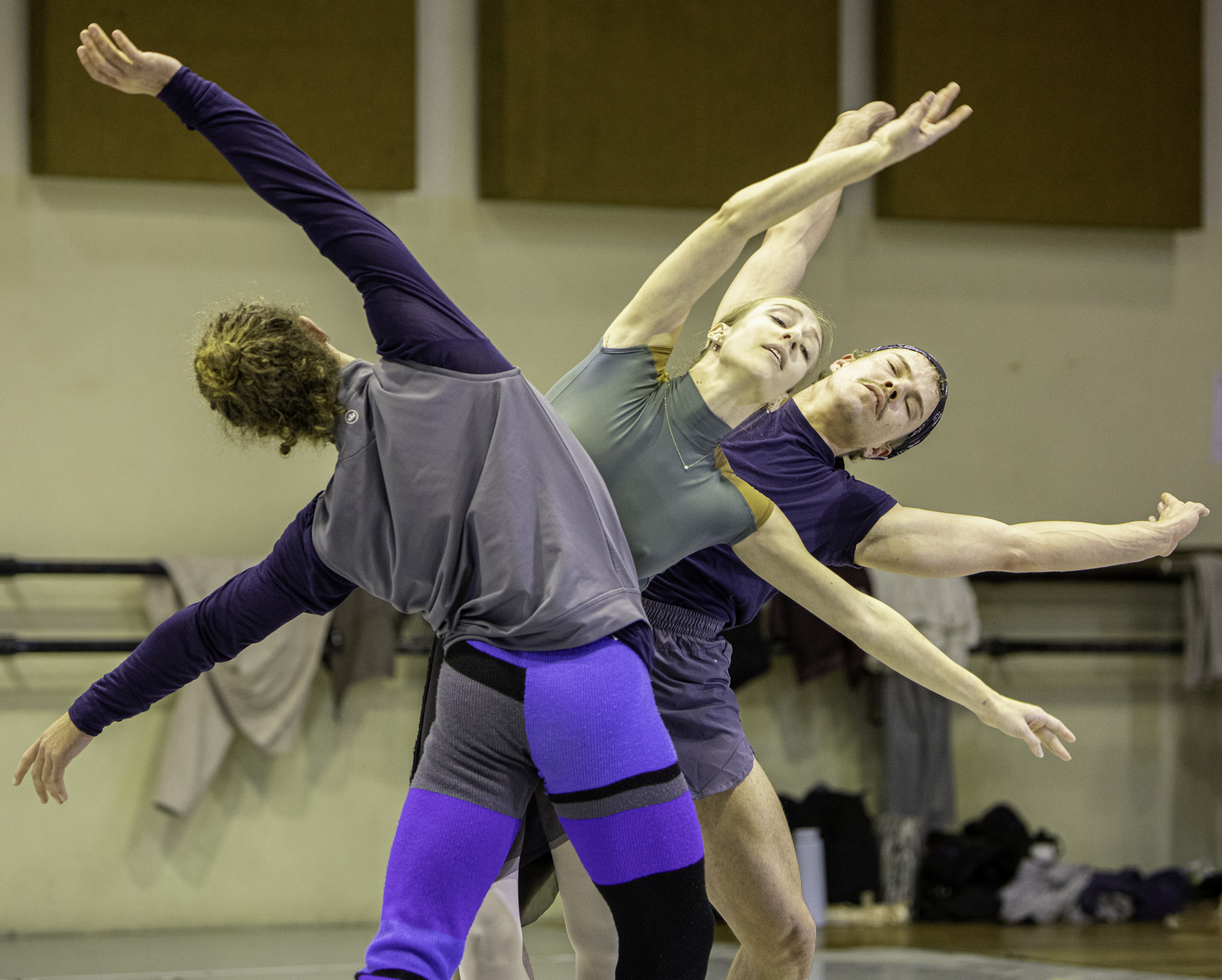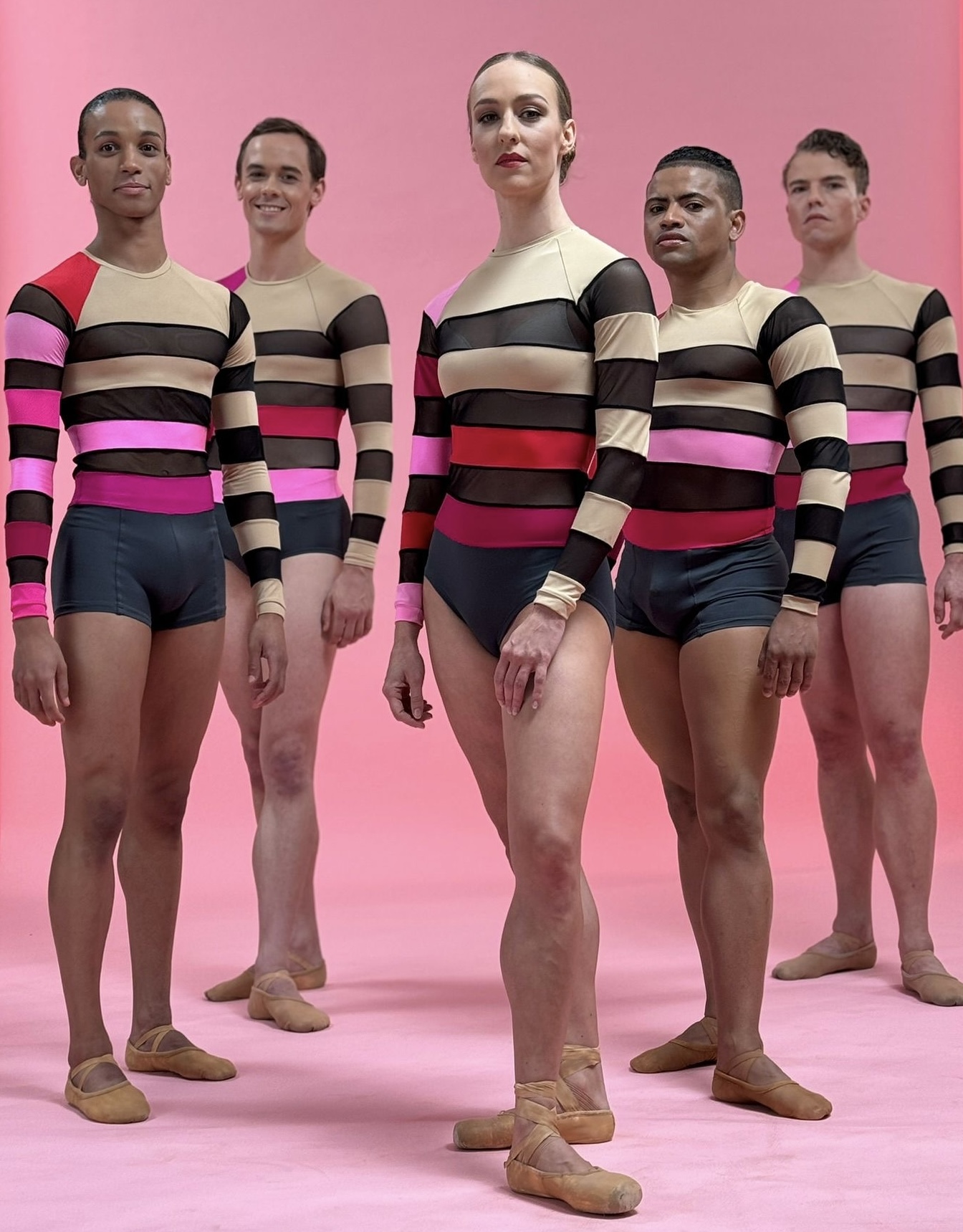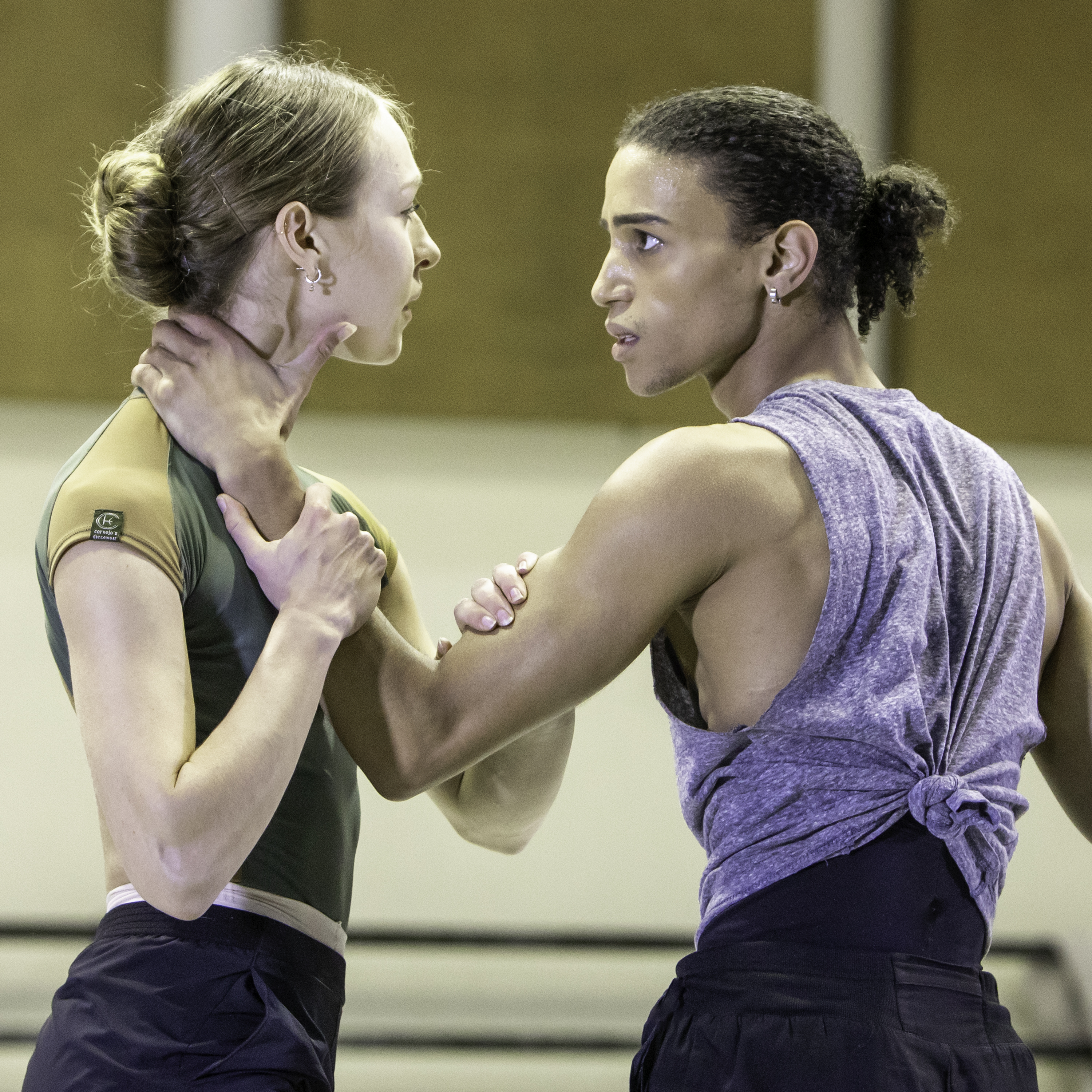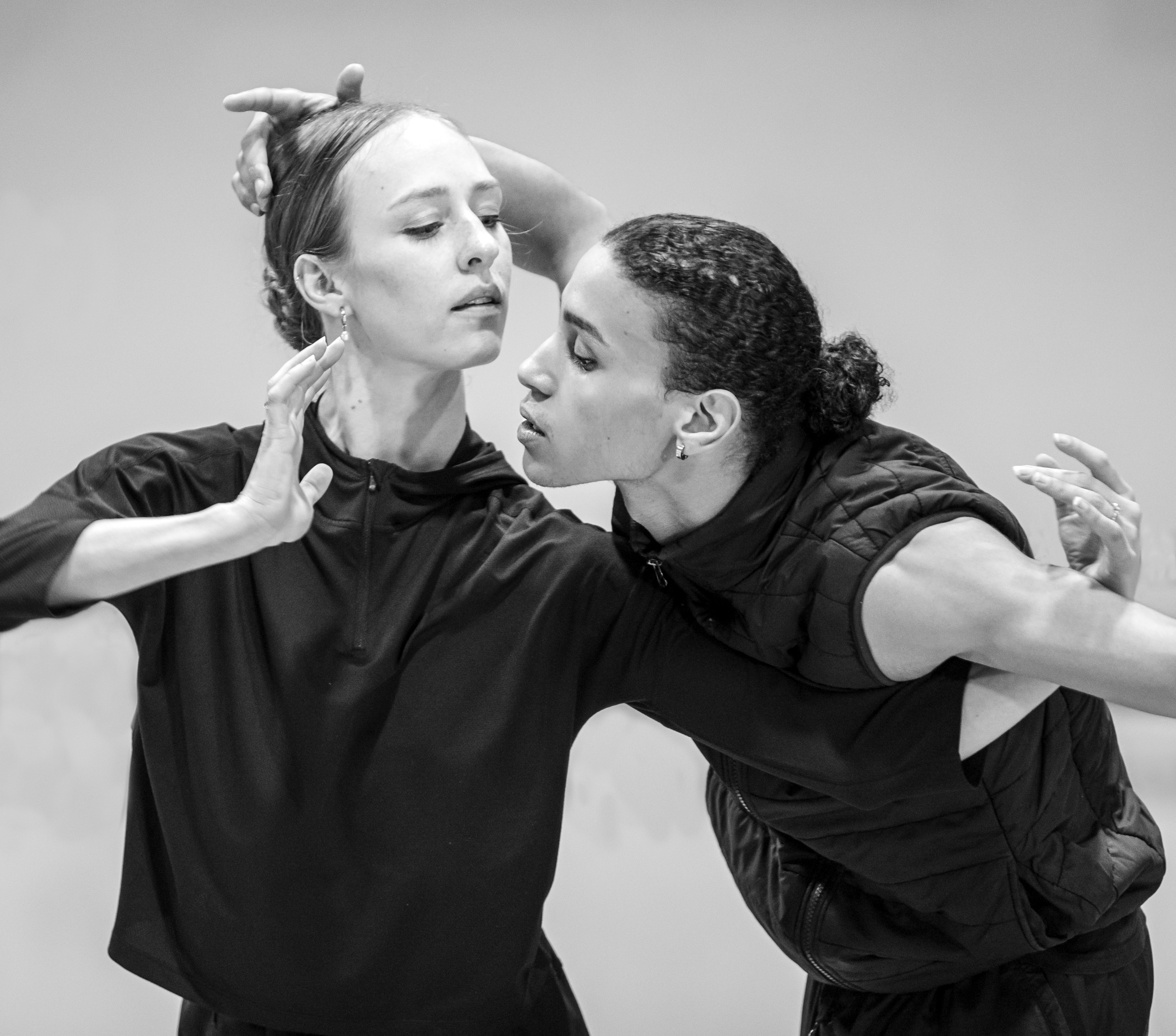When great minds think alike, magic happens, as the recently formed Cape Ballet Africa has proved from day one. Founder and artistic director Debbie Turner dreams big, aims high, and glides with the grace of a pas marché towards her creative goals. Collaboration and innovation are central to her success. She surrounds herself with ballet, dance and theatre luminaries, travels widely for inspiration, and channels her passion into nurturing talent for local and international stages.

Cape Ballet Africa’s resident composer
A stimulating choreography needs an equally compelling musical score, especially when building and retaining an audience. This is where South African Peter Johnson comes in, Cape Ballet Africa’s resident composer. He is tasked with creating the sequel to an earlier work produced with multi-award-winning South African choreographer Mthuthuzeli November for Cape Dance Company (CDC). Both Peter and Mthuthuzeli previously worked with CDC, Debbie’s former company, and are graduates of its feeder school, Cape Academy of Performing Arts (CAPA).
Over its 36-year history, CAPA coached artists who have gone on to illustrious careers, earning local and international accolades. Among them, Mthuthuzeli won the prestigious Olivier Award for Best New Dance Choreography for Ingoma, commissioned by Ballet Black in London; South African Londiwe Khoza was awarded the 2016-2018 Rolex International Mentee for Dance under the mentorship of Israeli dance and choreographer Ohad Naharin; and Namibia-born Alice Godfrey spent eight years with Dutch contemporary dance company Nederlands Dans Theater.

When presenting her vision for the new company to Peter, Debbie described seeing ‘colours’ and knew precisely what she wanted to achieve. Peter says, “We started talking about the theme, musically, and what that would mean for me. And I wondered about the company’s name. When she told me she’d called it Cape Ballet Africa, I thought, well, we’ve already got three musical notes there – C, B, and A. That set the tone for the company’s sound.”
While Debbie develops her vision in technicolour, Peter works with soundscapes, drawing on nature to add depth to his compositions. “I made another piece with Mthuthuzeli called Sun. I found a recording that NASA made of the actual sun, a deep rumbling sound that I laid in the music. People said they could feel something with that music, which was true. The sun was on the track. To make a piece unique to whatever project I’m working on, I like to think out of the box,” he says.

A self-taught composer and tap dance teacher, Peter studied piano at the University of Cape Town under Dr Franklin Larey and holds a diploma in musical theatre and dance-related studies from CAPA. Skilled in digital music recording and production, he works as a freelance artist. His first commissioned work was for the Baxter Dance Festival in Cape Town in 2011, and his first collaboration with Mthuthuzeli, Visceral, followed in 2016. Peter’s dance training gives him insight into how dancers and choreographers might approach movement, giving him an advantage in composition.
He says, “Mthuthuzeli and I have always worked electronically. Initially, we used WhatsApp. He would record some movement ideas and send them to me. I would write to the clip and send it back to him with the music attached.”
As Peter’s interpretation influenced Mthuthuzeli’s choreography, their process became an iterative exchange, “like playing tennis, creatively,” he says. “That’s always been the coolest part for me. And it leaves room for refinement.”

The sound of dance, movement and imagery
Mthuthuzeli’s Chapter Two, created for Cape Ballet Africa’s inaugural season in 2024, unfolds as a modern, percussive composition. Its rhythmic body isolations and lightning-fast movement vocabulary echo his earlier work, Visceral.
A return to familiar ground, Chapter Two reflects on the past while reinterpreting it through Mthuthuzeli’s evolving artistic lens, revealing the emergence of his distinct African classical voice.
The choreographer’s inspiration is often visual rather than musical – drawn from dance, movement or imagery. In the case of Ingoma, a series of paintings served as his muse. Peter, in turn, imagined what the colour palette might sound like and composed accordingly using his keyboard, piano and computer – what he calls the “heart of the operation.”
Beyond his training, Peter sees himself as an ethereal sum of his parts – a feeling. “My power lies in the sense that I bring others through my music. Some feelings are stronger than others, but people tell me they can hear music when they look at me. It’s weird, you know.”

Behind the scenes, the creative process between this choreographer and composer is highly collaborative and ever-evolving. Once Peter provides a foundational score, refinements continue throughout rehearsals. As Mthuthuzeli adjusts the movement, he occasionally requests extensions or modifications to better align with the evolving choreography. Peter responds by making subtle adjustments while preserving the music’s essence, ensuring it still resonates emotionally.
Over time, both artists have pushed boundaries and refined their craft. Though the choreography has evolved from Visceral (essentially Chapter One) to Chapter Two, the music remains rooted in its original emotional depth, with selective enhancements. Their creative dialogue is instinctive, with feedback shaping the final result.

Breathwords runs from 25 to 27 March 2025
-
Breathwords, a triple bill marking Cape Ballet Africa’s debut at the Artscape Opera House in Cape Town, runs from 25 to 27 March 2025. Celebrating the company’s first anniversary, the programme features two internationally curated choreographies alongside Kirsten Isenberg’s Reverie, an ethereal masterpiece set to Rachmaninoff’s Piano Concerto No. 2. The Cape Town Philharmonic Orchestra will accompany the opening night performance.

comments +